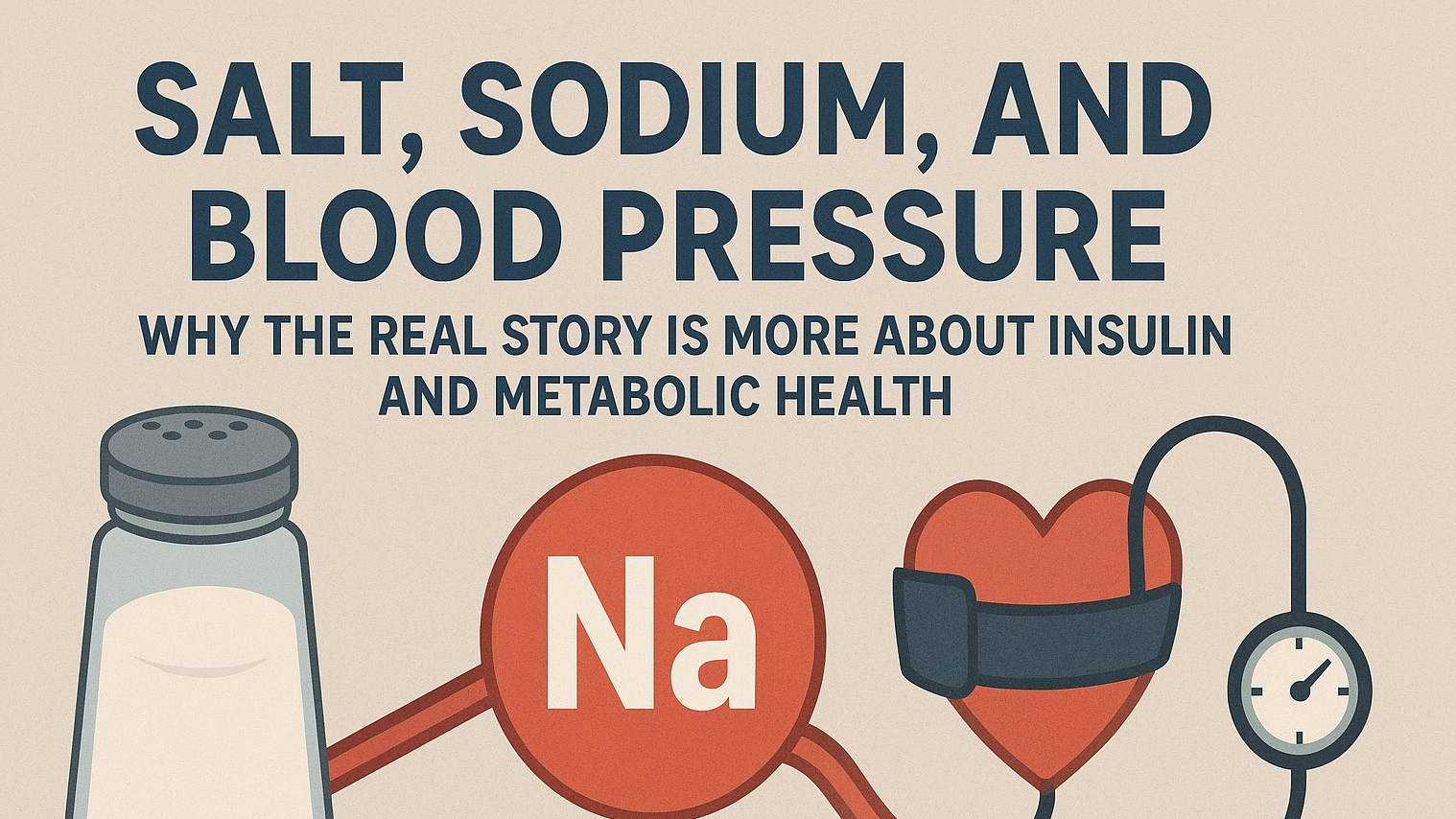
There are several common recommendations that most health professionals recommend to avoid health problems. While some include other items as well the most common are as follows.
The best way to minimize health risks is to:
Eat Well
Eat healthy foods. Aim for five servings of fruits and vegetables and at least three servings of whole grains a day. If you eat meat, try lean proteins such as chicken and fish. Minimize your intakeof salt, sugar, and processed and fried foods
Exercise
Exercise. Physical activity helps manage weight, boosts the immune system, and assists in maintaining mental wellness. Most experts recommend a mix of cardiovascular exercise, weight training, and stretching for 30 minutes a day, four to five times a week. Fitting up to an hour of moderate activity into your day (such as brisk walking, active housecleaning, or playing with a child or pet) has health benefits, too. Remember, even 10 minutes of activity at a time makes an impact.
Get Enough Sleep
Create a sleep routine. Sleep is often the forgotten ingredient in preventative health. Regular, sufficient sleep allows the body and brain to restore itself and decreases inflammation, which is a key risk factor for a variety of diseases. Most experts recommend adults get seven to nine hours of sleep per night.
Other ways to minimize your health risks include:
- If you smoke, quit
- Avoid on-going high stress situations
- Get a flu shot every year
- Stay on schedule with your annual checkup and other preventative screenings
Focusing on these items can help to avoid long-term health issues such as hypertension, heart disease, some cancers, etc. Most doctors also recommend many of these same items for avoiding harsh effects from colds, flus, or even COVID-19.
 Add Row
Add Row  Add
Add 










Write A Comment